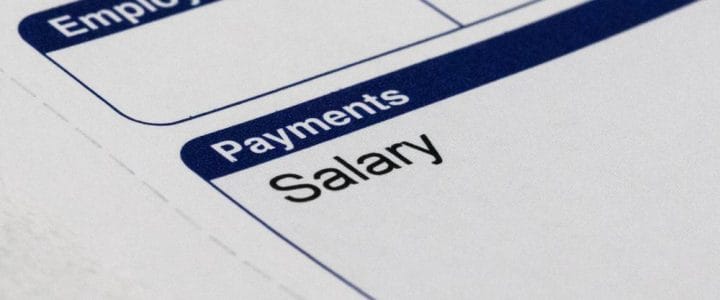HM Revenue and Customs (HMRC) has announced its latest updates to the Advisory Electric Rate (AER) that will affect employees using a company car.
Reviewed every three months on a quarterly cycle, HMRC’s latest update confirmed that there are now two rates for home charging (eight pence a mile) and public charging (14 pence a mile).
The latest update was going to retain a single rate of 12 pence a mile, but HMRC decided to change the way it is charged, to reflect the difference in cost between home and public charging points.
Why does HMRC change the AER rate?
The purpose of regularly updating the AER rate is to reflect the different costs of charging electric vehicles.
They calculate the home rate based on the average domestic electricity price of 27.04pk/Wh and an efficiency of 3.59 miles per kWh.
The public rate has followed the same principle, but starts at a cost of 51pk/Wh.
The regular updates provide clarity for both employers and employees, while also making rates fair for both types of charging.
Why does the AER rate matter for businesses?
The AER rate is applicable for employees using company cars, as they can claim money back for using the vehicles to fulfil their duties to the company.
Need support calculating the costs?
With the rates regularly changing, you may need assistance to work out the costs.
Contact us today for advice and support.

















